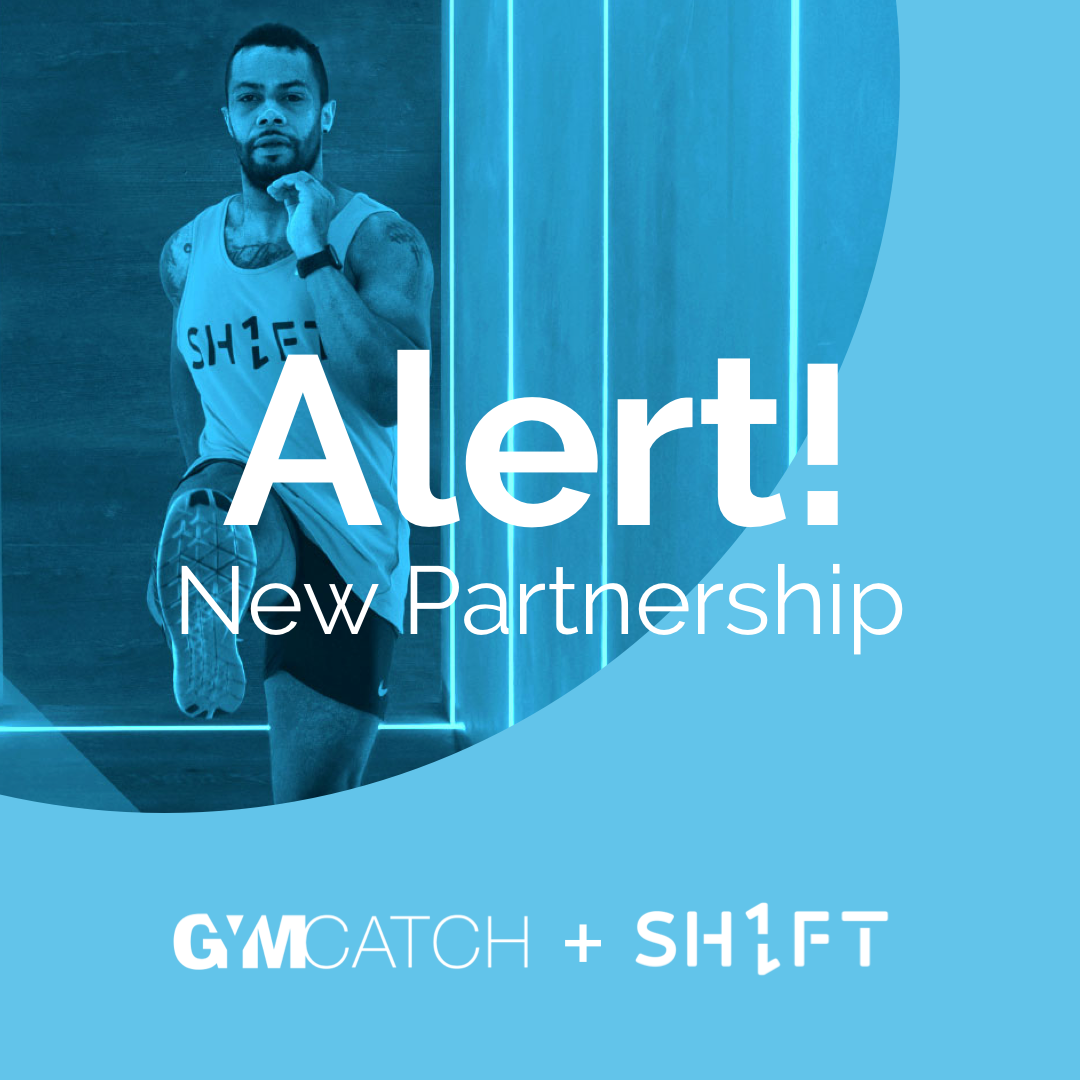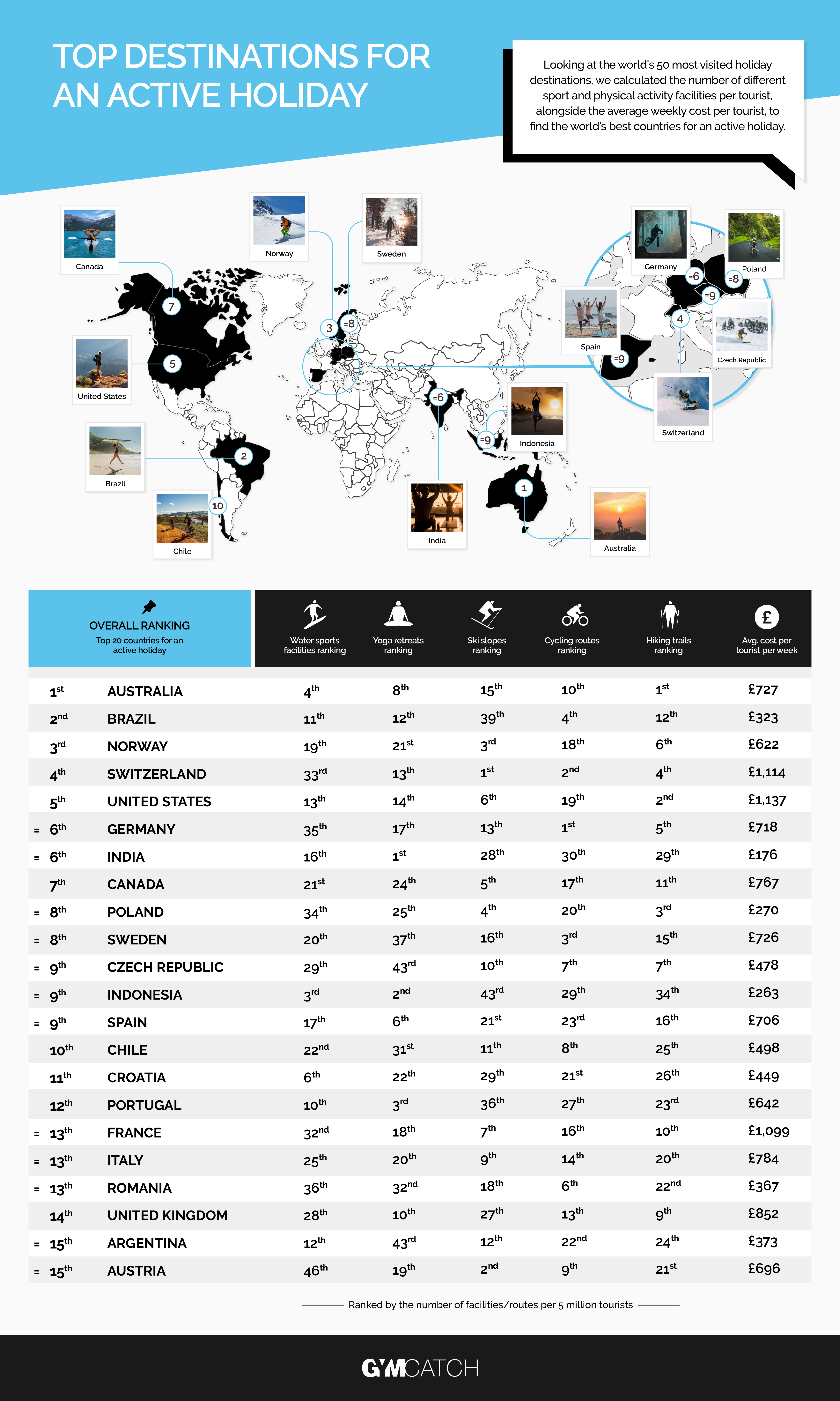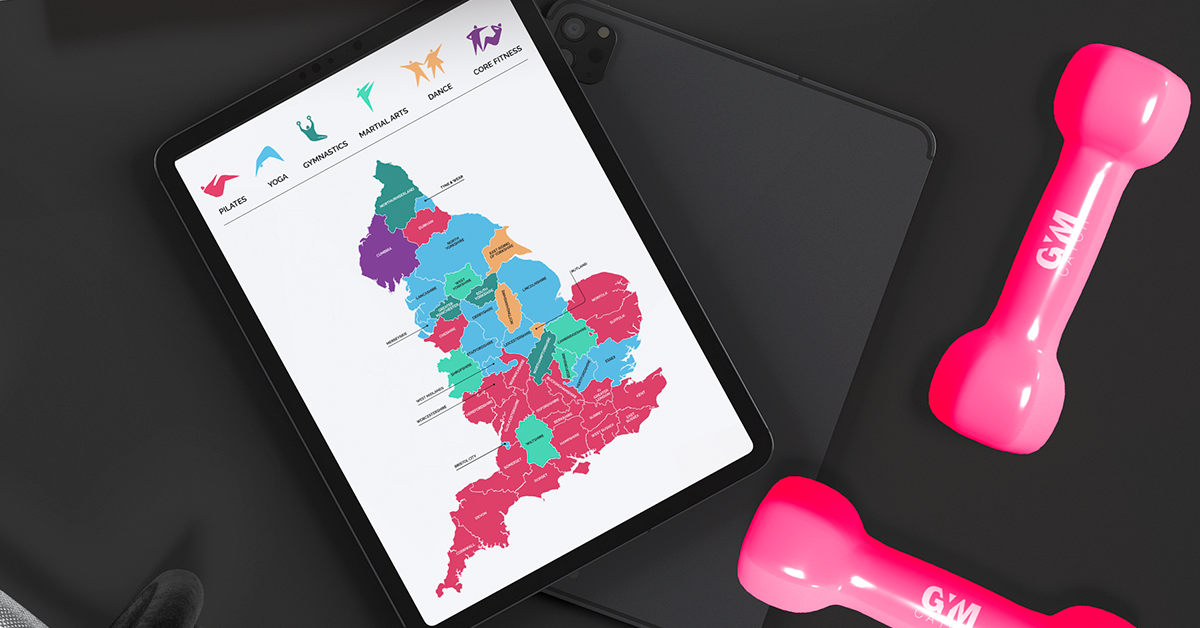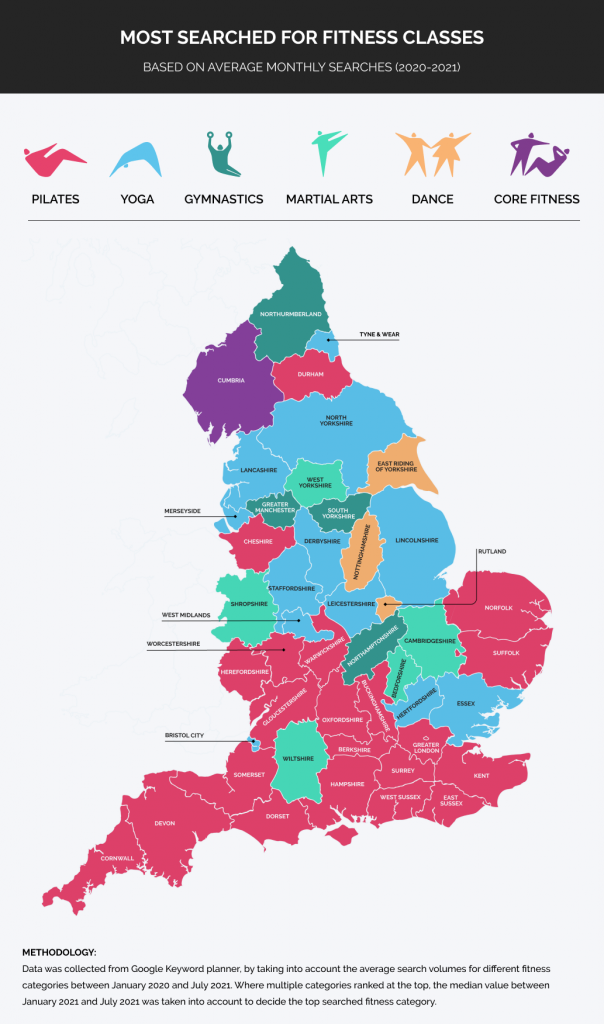
February, the official month of love, is a great time to share the love with your customers and other business owners on Gymcatch. Whether you’re rewarding your long standing customers for their commitment, creating a seasonal offer or helping out your friend who has just started their fitness business, we’re here to show you how you can spread the love like confetti!
In this blog, we share 5 ways that you can give back to your customers and friends this February and beyond.
Refer a friend
A refer a friend scheme is a great way to not only increase revenue and reward existing customers, but to help with increasing exercise participation by getting friends to work out together.
You can use our discount codes bolt-on feature to create a discount code that your existing customer can pass onto their friend. They would use this code at checkout and upon attending the session, you can then thank your existing customer by gifting them with either a bundle, pass or another discount code that they can use on their next booking with you.
Priority access
Nothing will make a customer feel more special than giving them priority access to your sessions. Our priority access feature is a great way to reward long standing customers by allowing them to secure their space on your most popular of classes and best thing yet, this priority access feature is included within our base plan so there’s no excuse not to make your customers feel special.
Free trials
Offering a free trial period is a great way to convert possible new customers since you’re reducing those barriers and making it as easy as possible for them to book their first class with you and it shows that you care about them, allowing them to try a class for free and making sure that you two are a good match before committing.
Every business will configure a free period differently, whether that is offering one or multiple classes. Either way, with Gymcatch, you can create a free pass, assign specific sessions to the pass and set a time limit for it to be used within. You’ll always have complete visibility of who’s redeemed the pass as well, this means that you can give this new customer specific focus and attention when they attend their first class with you, not only making them feel special but also giving you the best chance of converting them into a paying customer.
Discount codes
Our discount codes bolt-on feature is a quick and easy way to create seasonal offers and even give one-off rewards to customers for their commitment or for reaching specific landmarks within their wellness journey.
You can easily create a discount code on Gymcatch and personalise it to suit your needs, whether that is setting a specific validity period for the code, only allowing the code to be used on specific sessions, limiting the use to specific customers or for a total number of redemptions and even capping the code at one redemption per customer.
Business referral scheme
February isn’t just a time of year to reward your customers, you can also share the love with any friends who are just starting their fitness business.
Our referral scheme allows you to refer a new business to Gymcatch where they will benefit from an additional free month on top of our introductory free trial. As a thank you we will also credit you with two months when they make their first subscription payment.
All you need to do is simply share your referral URL or unique code and when a new business registers, either via the link or inputting the code at registration, we take care of the rest.
If you’re ready to give back to your customers and friends this February and beyond, then get in touch with us so that you can get started with Gymcatch today and we can help you share the love.













